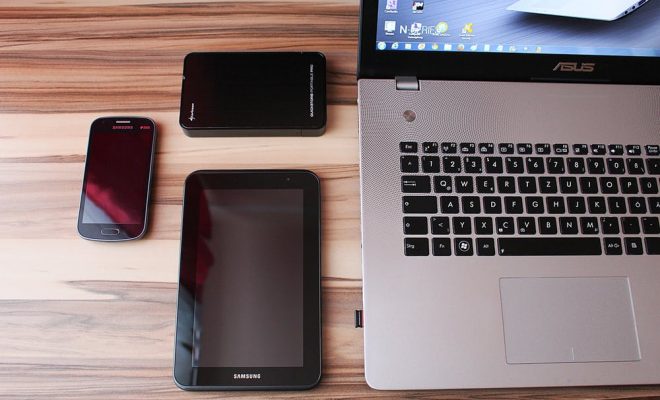How OER Can Help Overcome the Higher Education Equity Barrier

The cornerstone of the American dream is the ability to succeed in life regardless of one’s family of origin. And, for most people, that requires a college education. Unfortunately, recent research shows that the most reliable ticket to the middle class—a college degree—is rather difficult for students from low-income families to obtain. While this problem has many dimensions, open educational resources (known as OER) can help overcome the higher education equity burden.
One promising model is that offered by the non-profit Modern States. With the stated goal of making the first year of college free for students, Modern States offers dozens of full online courses that prepare students to take the CLEP exam. If they pass the exam, students will earn college credit. Modern States even offers a voucher program to cover the cost of the CLEP exam for some students. While the Modern States courses are professionally produced, they do require the student to stick with a course that is unscheduled and primarily involves textbooks and lectures.
This is not always easy for students to do. One ideal solution to this problem would be for teachers in underserved schools to use the Modern States and other OER materials in order to enhance their own instruction. This would give students the best of both worlds: the prodding and varied activities that a human teacher can provide along with the benefits of preparing for the CLEP exam.
But there are other ways that OER can benefit students. In many cases, students enrolled in traditional courses are able to save hundreds of dollars per year if their instructors choose to assign freely available online resources instead of textbooks. This can substantially reduce the barriers to educational equity for the neediest students.
Other OER resources are more focused on the instructor. For example, the Open Course Library contains resources for a wide variety of college courses. All are published under the Creative Commons license, and all materials exist as Google docs. For teachers in underfunded schools, these OER can be an enormous boost for the task of delivering a comprehensive curriculum to students.
Of course, the trick with OER is that the end user has to do the vetting. A random sample of one English class offered through the Open Course Library found multiple major grammatical errors—not exactly the kind of thing that one wants to find in a college-level English course. So while OER holds out immense promise for helping to bridge the divide between the current reality of higher educational access for low income students and the promise of the American dream, there is still substantial work to do to make that dream a reality.





